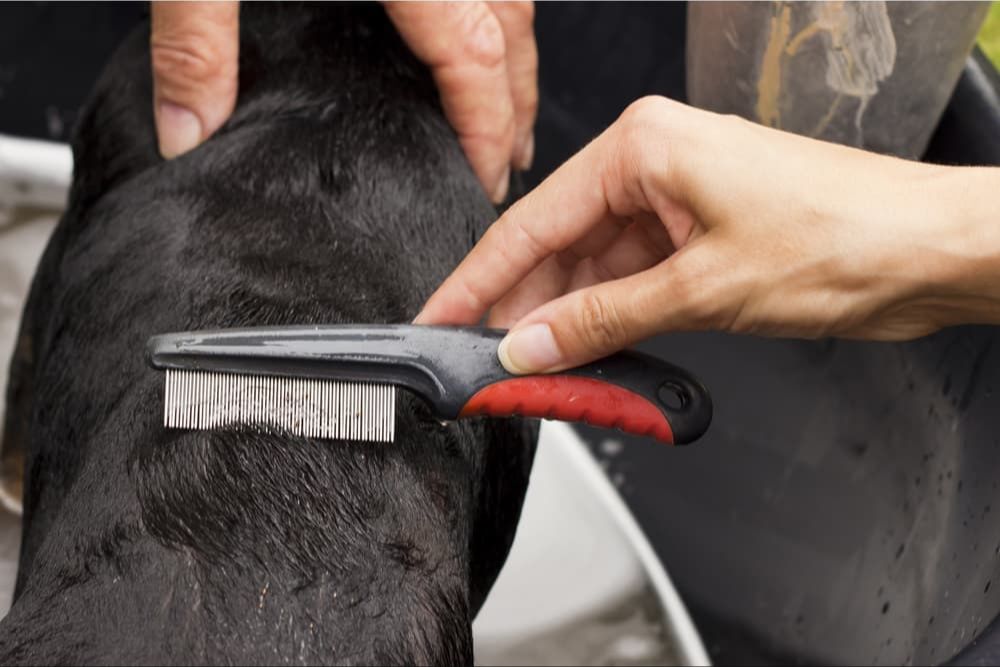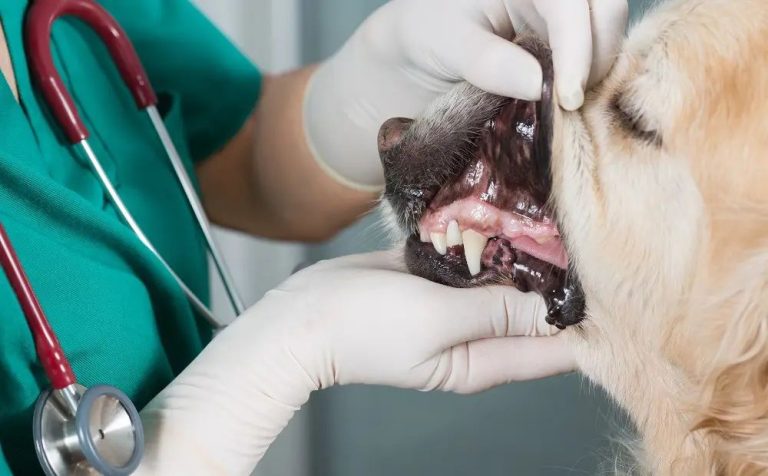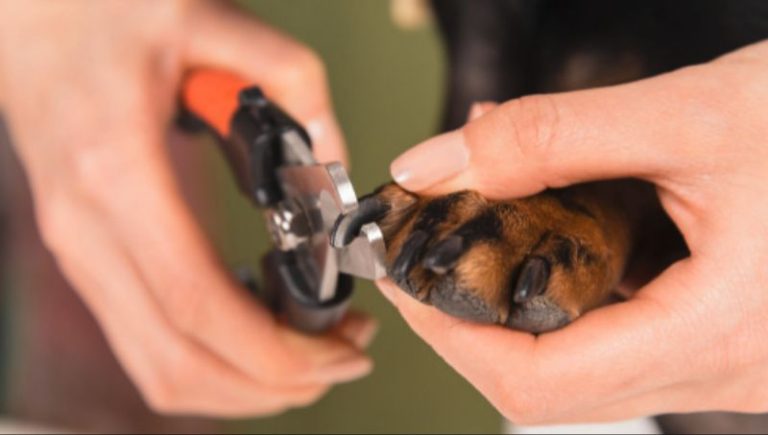Beginner’S Guide To Preventing And Treating Fleas And Ticks
Fleas and ticks are common external parasites that can infest both pets and humans. Fleas are wingless insects that feed on blood, while ticks are arachnids that also feed on blood. Both fleas and ticks bite the skin and can transmit diseases.
Fleas and ticks are found worldwide, but are most prevalent in warmer climates. In the United States, fleas thrive in humid areas like the Southeast and Gulf Coast, while ticks are most common in the Northeast, Mid-Atlantic, and Upper Midwest regions (CDC, 2022). However, fleas and ticks can be found in all 50 states and year-round in some areas, especially those with moderate winters.
Fleas and ticks pose several health risks. Their bites can cause irritation, inflammation, and infection. More seriously, they can transmit diseases like Lyme disease, Rocky Mountain spotted fever, tularemia, murine typhus, and plague in humans and animals. Controlling fleas and ticks is important to protect both pet and human health.
Sources:
Centers for Disease Control and Prevention. (2022). Regions where ticks live. https://www.cdc.gov/ticks/geographic_distribution.html
Signs of a Flea or Tick Infestation
There are several telltale signs that indicate your dog may have a flea or tick infestation. The most obvious sign is seeing live fleas or ticks in your dog’s fur or on their skin. Fleas are tiny, wingless insects that can jump and move quickly through the fur. Ticks are arachnids that attach themselves to the skin and feed on blood. Engorged ticks will be swollen and visible.
Another sign is flea dirt, which is digested blood excreted by fleas. It looks like tiny black specks and can be found on your dog’s skin and bedding. If you place flea dirt on a damp paper towel, it will turn reddish as the dried blood rehydrates.
Excessive scratching, biting, and licking at their skin is another clear indicator of fleas or ticks. The saliva from the bites causes severe itching. You may see patches of hair loss or scabs from continuous scratching. According to Ticks and Fleas the Warning Signs of Infestation, intense itching is one of the most common reactions dogs have to flea and tick bites.
In severe infestations, the blood loss can cause anemia. Signs of anemia include lethargy, loss of appetite, and pale gums. Weakness and fatigue are also common when flea and tick numbers are high, as noted by Common Symptoms of Fleas and Ticks on Dogs.
Preventing Flea and Tick Infestations
There are several effective ways to help prevent flea and tick infestations before they start. Some tips include:

Regular grooming and fur checks – Brushing your pet’s coat regularly allows you to spot and remove any fleas or ticks before they can establish an infestation. Check your pet’s skin thoroughly when grooming, especially around the neck, ears, armpits, and groin area where ticks often hide (CDC).
Flea and tick collars/spot treatments – Products like flea collars, spot-on treatments, and oral medications can kill and repel fleas and ticks on your pet for a month or longer. These provide continuous protection against infestations when used properly (Port Royal Veterinary Hospital).
Flea and tick shampoos and sprays – Shampoos or sprays containing insecticides can kill fleas and ticks when used during bathing. This offers short-term but effective protection after application.
Treating pets and home – Using flea and tick control products on both your pets and in your home provides comprehensive protection. Vacuum regularly and wash your pet’s bedding to remove eggs and larva. Mow your lawn short and clear brush to discourage ticks (AKC).
Treating Existing Flea and Tick Infestations
If your pet already has a flea or tick infestation, prompt treatment is essential. There are several methods for treating an existing infestation:
Flea and Tick Shampoos, Sprays, and Spot Treatments
Flea and tick shampoos, sprays, and spot treatments like Frontline (frontline.com) can help kill adult fleas and ticks on your pet. Make sure to thoroughly work the shampoo into your pet’s coat and let it sit for 5-10 minutes before rinsing. Spot treatments are applied between the shoulder blades and kill fleas and ticks that come into contact with the treated area.
Flea Combs
Flea combs can help remove adult fleas and eggs from your pet’s coat. Comb thoroughly and dip the comb in hot soapy water often to kill any fleas or eggs collected in the comb.
Vacuuming
Be sure to vacuum carpets, furniture, and pet bedding thoroughly to remove eggs and larva. Throw away the vacuum bag after use to prevent re-infestation.
Washing Bedding
Wash your pet’s bedding and any other washable items they frequent in hot, soapy water to kill fleas at all stages of development. Consider treating pet bedding with flea spray as well.
Indoor and Outdoor Pest Control
Use sprays and powders inside your home according to product instructions, concentrating on areas your pet frequents. Treat your yard using outdoor flea and tick control products as well, especially in moist shady areas.
Natural and Non-Toxic Flea and Tick Remedies
There are several natural and non-toxic methods that can help prevent and treat flea and tick infestations. Some popular natural remedies include:
Diatomaceous earth – This powder contains tiny fossilized remains of algae that have sharp edges. When applied to your pet, it cuts through the waxy outer layer of fleas and ticks, causing them to dehydrate and die. Make sure to get food-grade diatomaceous earth. Apply a fine layer to your pet’s coat and rub into the fur. Reapply after swimming or bathing.
Essential oils – Oils like peppermint, cedarwood, lemongrass and citrus can help repel fleas and ticks when applied diluted to your pet’s coat. Do not apply undiluted oils directly to pets. Always mix with a carrier oil first. (https://theanimalkeeper.com/6-natural-ways-to-repel-fleas-and-ticks/)
Herbal sprays – You can make natural flea and tick sprays using ingredients like apple cider vinegar, lemon juice, citrus peel, rosemary, lavender, mint, cedar oil and more. Spritz onto your pet’s coat and reapply as needed.
While natural options are generally safe when used properly, it’s important to be aware of potential risks. Make sure your pet does not have any allergies or sensitivities first. Essential oils in particular can cause issues if overused or misused. Consult your vet if ever in doubt.
When used correctly alongside other prevention methods, natural remedies can be a beneficial addition to your flea and tick control routine. They allow you to avoid harsh pesticides while still protecting your furry companion.
When to See a Veterinarian
If you notice signs of a persistent flea or tick infestation, despite trying prevention and treatment methods at home, it’s a good idea to seek veterinary care. According to the Kansas State University veterinarian, fleas and ticks can be encountered almost year-round, so infestations may be persistent if not properly controlled [1].
Your veterinarian can help diagnose the underlying cause of the infestation and provide prescription strength treatments. It’s also important to take your pet to the vet if you notice any signs of infection, illness, or excessive scratching, which could indicate a more serious issue. Flea allergy dermatitis is common in pets and leads to severe itching, hair loss, and skin infections. Ticks can also transmit dangerous diseases like Lyme disease, Anaplasmosis, and Ehrlichiosis [2].
Veterinarians have access to oral and topical medications that kill fleas and ticks rapidly. They can also provide medicated baths and dips, prescription shampoos, collars, spot-ons, and injections. Your vet will recommend the safest, most effective treatment options for your pet based on their health history and lifestyle. Following your vet’s guidance can help resolve flea and tick problems and prevent more serious health issues in your pet.
Flea and Tick Medication Options
There are several types of flea and tick medications available for dogs. Some key options include:
Oral medications
Oral flea and tick preventatives come in tablet or chewable form and are given monthly. Some popular oral options include Nexgard, Bravecto, and Simparica. Oral treatments kill fleas and ticks that bite your dog and provide sustained protection for a month or longer.
Topical spot treatments
Topical flea and tick treatments are applied to a dog’s skin monthly. They spread over the body and kill fleas and ticks on contact. Some topical options are Frontline, Advantix K9, Advantage, and Revolution.
Collars
Flea and tick collars like Seresto release small amounts of repellent for months of protection. Collars can help keep fleas and ticks off your dog but don’t kill them once they bite.
Shampoos and sprays
Shampoos and sprays provide short-term flea and tick protection between other treatments. They can help remove fleas and ticks but need to be frequently reapplied.
Costs and effectiveness
Oral and topical treatments tend to provide the most effective and long-lasting flea and tick prevention, but cost more. Collars, shampoos, and sprays are cheaper but may need reapplication more often. Discuss options with your vet to choose the best flea and tick medication for your dog.
Tips for Administering Flea and Tick Medications
Properly administering flea and tick medication is critical for effectiveness and safety. Here are some tips:
Follow label directions exactly. Never give more or apply more frequently than directed. Pay attention to weight ranges and adjust dosage accordingly if your pet falls between sizes. Only use products formulated specifically for dogs or cats.
Store all flea and tick medications in their original containers and in a secure location out of reach of children and pets. Protect products from extreme temperatures. Check expiration dates periodically and dispose of expired products safely.
If using an oral medication, make sure to give the full dose. Pilling can be challenging, so ask your vet for tips or use pill treats or pill pockets to help deliver the medication. Avoid touching chewable tablets.
When applying liquid spot treatments like Frontline or Revolution, part your pet’s fur to expose the skin. Place the applicator tip down to the skin and distribute all the medication in one spot between the shoulder blades. Avoid contact with the product and wash hands after application. Check application sites and monitor for any reactions.
Carefully follow all label warnings and precautions, especially when using combined flea and tick treatments. Monitor pets after administering any new medication and contact your vet with any concerns.
Flea and Tick Resistance
In recent years, there have been increased reports of fleas and ticks developing resistance to some common insecticides and medications used for prevention and treatment. This occurs when fleas and ticks that are genetically prone to survive exposure to a certain chemical treatment reproduce and pass on those resistant genes to their offspring.
Some signs that your pet’s fleas or ticks may be developing resistance include finding live fleas or ticks on your pet after applying a topical treatment, noticing flea bites or infestations soon after treating your home, or continued heavy infestations after using a product that previously worked well.
To help prevent resistance, it’s recommended to rotate between different flea and tick products with different active ingredients. Check with your veterinarian for advice on the best products to rotate and appropriate treatment schedules. New treatment options are also continuously being developed to combat resistant fleas and ticks.
It’s also important to follow all product directions carefully, treat any infested areas thoroughly, and check with your vet if you notice potential signs of resistance. Catching it early provides the best chance to switch to an effective alternative before resistance spreads further.
With proper prevention and monitoring, flea and tick resistance can be managed. But left unchecked, it can render certain treatments ineffective and allow infestations to persist despite your best efforts.
When to Call an Exterminator
If you have tried over-the-counter flea treatments, flea baths, and cleaning thoroughly but are still seeing persistent fleas, it may be time to call a professional exterminator. There are a few signs that indicate a full-scale flea infestation in your home that requires professional treatment:
- Fleas are present in multiple rooms and widespread throughout the home
- You still see fleas after treating your pets
- Flea bites and flea dirt are found on human residents
- You notice fleas jumping onto your legs and ankles
Professional exterminators have access to stronger chemical treatments that can effectively kill fleas at all life stages. Common treatments they use include:
- Foggers or flea bombs that release insecticides into the air to reach hard-to-treat areas
- Spot treatments with long-lasting residual sprays in heavily infested areas
- Premise sprays for indoor and outdoor areas
- Insect growth regulators (IGRs) that prevent flea eggs and larvae from developing into adults
Calling an exterminator for a severe flea issue is often the quickest and most effective way to get rid of fleas in your home. Be sure to follow all preparation instructions they provide, such as clearing rooms and removing pets. Exterminator treatments combined with diligent vacuuming, washing items, and treating your pets can help eliminate a major flea problem.
Source:
https://americanpest.net/blog/why-you-should-call-an-exterminator-for-fleas/






